In a recent appearance on The Shawn Ryan Show, Canadian journalist Katarina Szulc, who lives in Mexico, discussed the cartels’ increasingly sophisticated tactics, including the use of Unmanned Aircraft Systems (UAS) to carry out operations across Latin America. She also shared firsthand insights into her reporting on the region’s criminal underworld.
Cartels Use Drones To Surveil Border Patrol Agents
Cartels have expanded their technological capabilities, reportedly with assistance from foreign adversaries. According to NewsNation correspondent Ali Bradley, U.S. Customs and Border Protection recorded more than 10,000 drone incursions and 25,000 drone sightings in a single year. And while the Trump administration has managed to slow the flow of illegal migration, that hasn’t stopped the cartels from spying on agents.
“ Well, we’re exploring all opportunities that we have, but that’s exactly what they’re doing. They’re using their drones to spot where our officers are, where we have assets and resources, and then diverting their activities to different locations,” Homeland Secretary Secretary Kristi Noem told FOX News
Elite Criminal Drone Units Trained In Urban Combat
In 2023, it was reported that the Jalisco New Generation Cartel (CJNG) had formed a specialized drone unit known as the Operadores Droneros.

At the time, the cartel relied largely on inexpensive, commercially available drones purchased through platforms like eBay and Amazon. Since then, transnational criminal organizations (TCOs) have adapted tactics observed in conflicts such as Russia‘s war in Ukraine and Iran-backed proxy operations in Gaza—applying those lessons to Mexico’s terrain and turning parts of the country into a modern battlefield shaped by next-generation unmanned aerial systems (UAS) tactics.
In a video posted in April of this year, a video was uploaded of a first-person-view (FPV) drone being used by CJNG. Unlike the standard drone-dropped explosives previously used by the cartel, this incident involved a DJI Avata 2 reportedly outfitted with an explosive payload. While the attempt appears to have been unsuccessful, it marks a notable shift in tactics—suggesting the early stages of efforts by criminal groups to replicate the use of kamikaze-style drones seen in Eastern Europe.
Cartels in Mexico are not only deploying drones—they’re investing heavily in ways to counter them. Photographs and Mexican media reports confirm that members of the Sinaloa Cartel’s La Mayiza faction have acquired a SkyFend counter-UAS jammer, a system valued at approximately $100,000. The move underscores how TCOs are rapidly adapting and expanding their technological capabilities to outmaneuver rivals, and protect their operations from Mexico’s military.
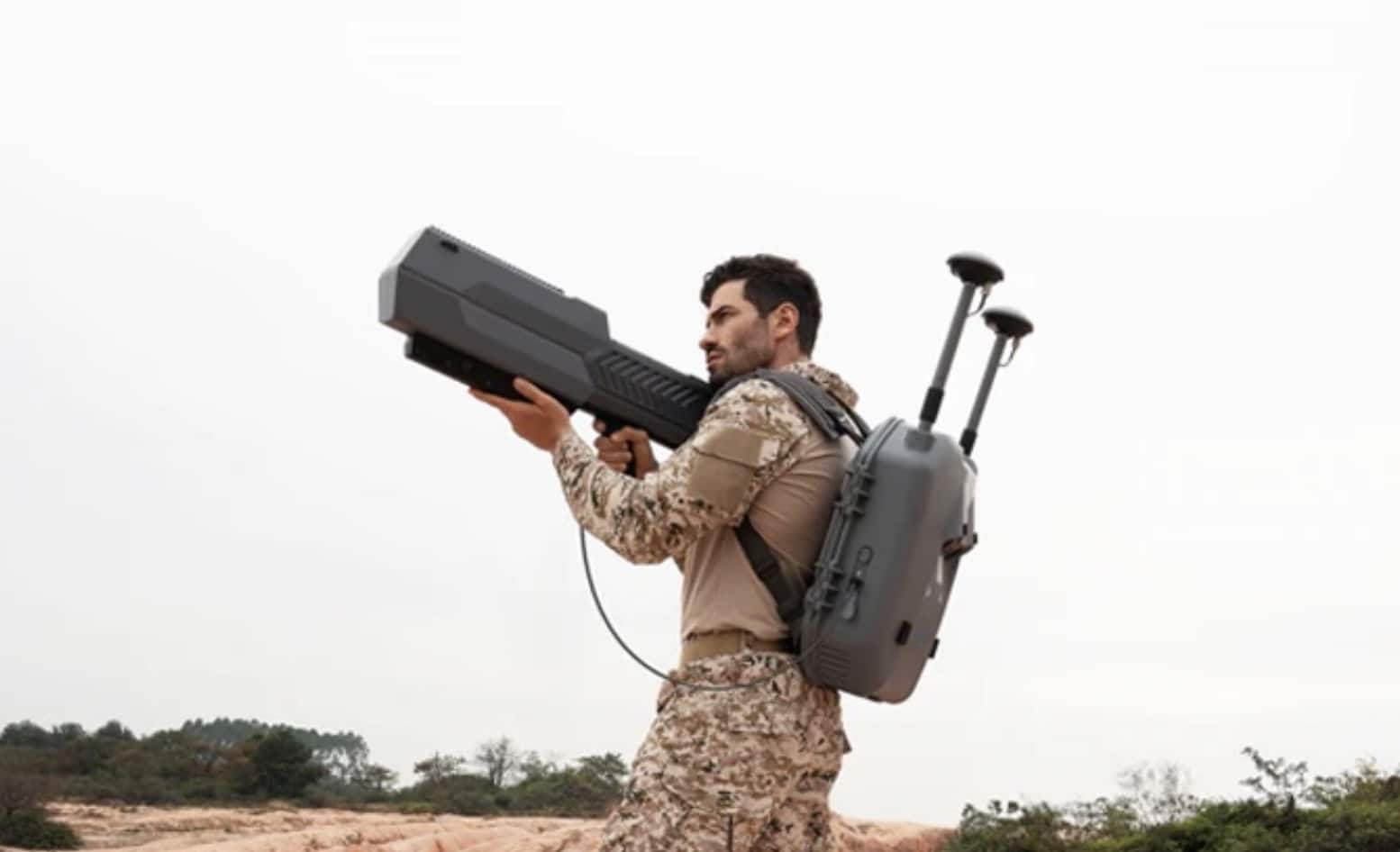
The Drone War and National Security Concerns
Government adversaries remain ill-equipped to confront the growing threat of transnational criminal organizations (TCOs) and the evolving conflict across Latin America. Most military units in the region lack the training and resources to counter modern urban warfare tactics involving unmanned aircraft systems (UAS), anti-jammer technology, and kamikaze drones—raising concerns about potential escalation at the U.S. border.
The Trump Administration has ordered the Pentagon to deploy counter-drone systems along the U.S. Mexico border as part of its ongoing effort to support federal immigration and security concerns. In April of this year, Mark Ditlevson, acting assistant secretary of defense for homeland defense and hemispheric affairs told Defensescoop:
“President Donald Trump has issued several executive orders directing the Department of Defense to take all appropriate and lawful measures to ensure the complete operational control of the border. The department, in turn, is responding by preparing the path for employment of counter-small uncrewed aerial system or CsUAS activities along the border — both in support of DOD interests and in support of the Department of Homeland Security as the lead federal agency.”
No End In Sight
While the future of a potential kinetic conflict remains uncertain, transnational criminal organizations (TCOs) in Latin America are increasingly aligning with U.S. adversaries. Cartels have long waged war against one another, but as they begin to emulate the resourcefulness of Ukrainian drone operations—such as those seen in Operation Spiderweb—civilian casualties are likely to rise.
If cartels manage to replicate tactics seen in Ukraine’s Operation Spiderweb, the impact could be severe. Low-cost drones could be used for targeted strikes, surveillance, and attacks on infrastructure, overwhelming military and endangering civilians. Governments would face a new kind of urban warfare—remote, fast-moving, and difficult to contain.
Sean Campbell
Discover more from DroneXL.co
Subscribe to get the latest posts sent to your email.
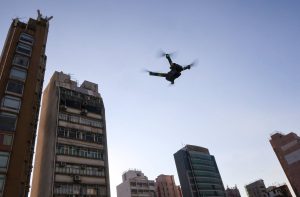



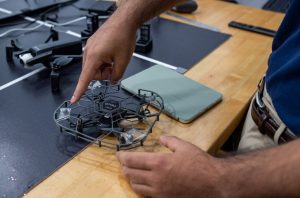
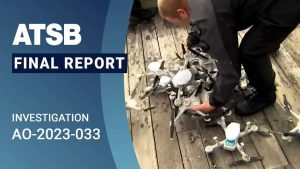
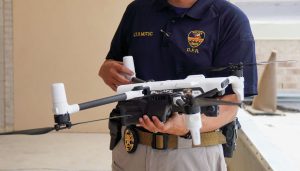


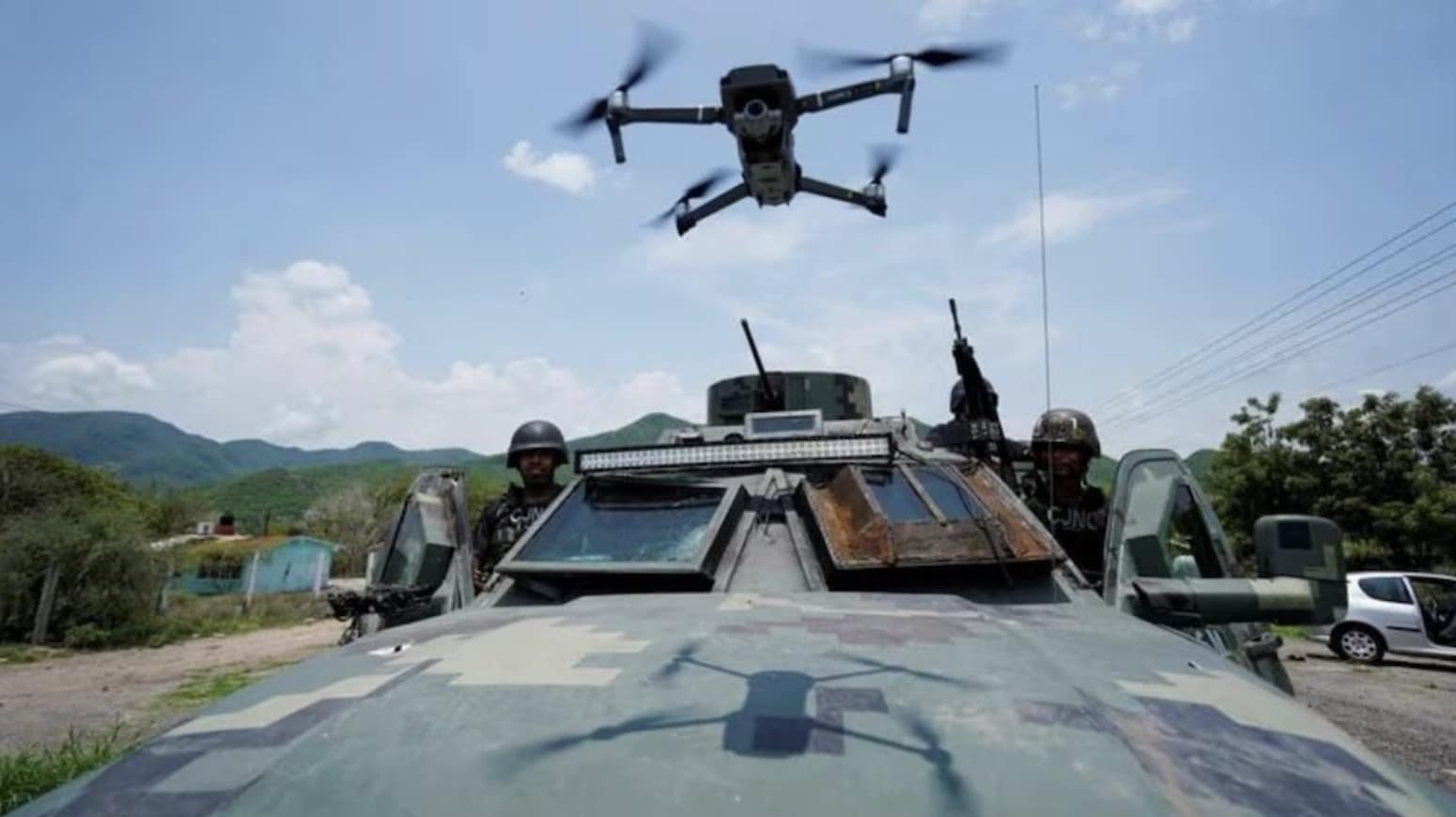
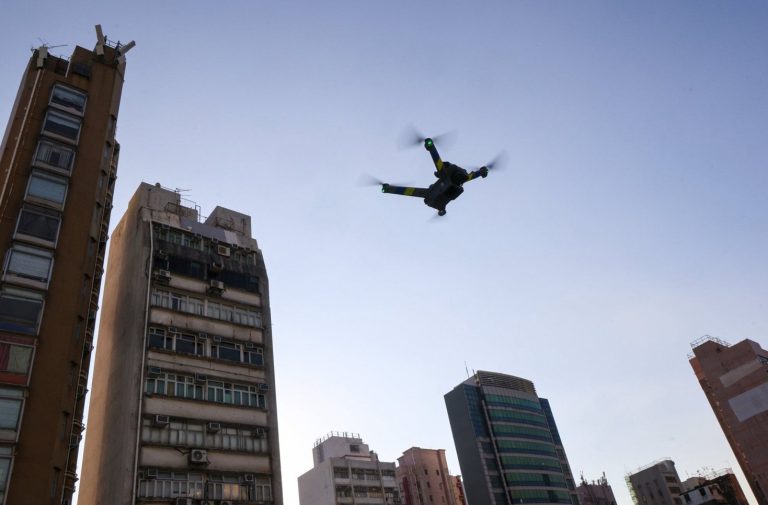
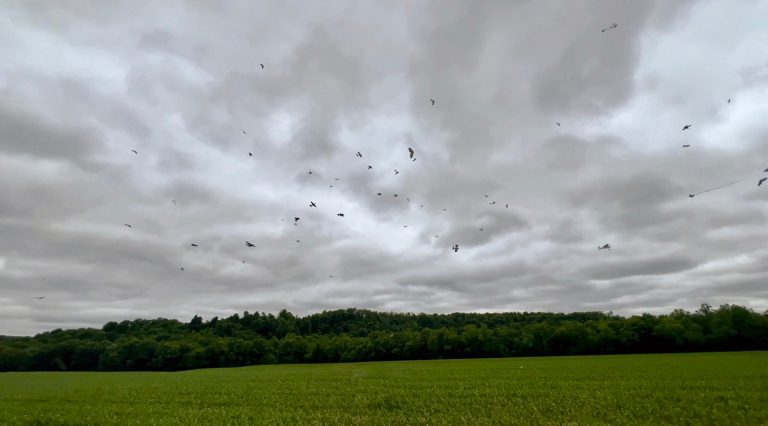


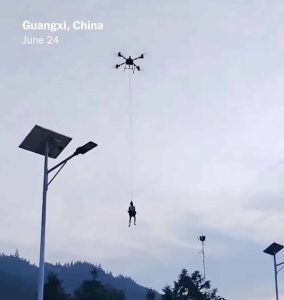
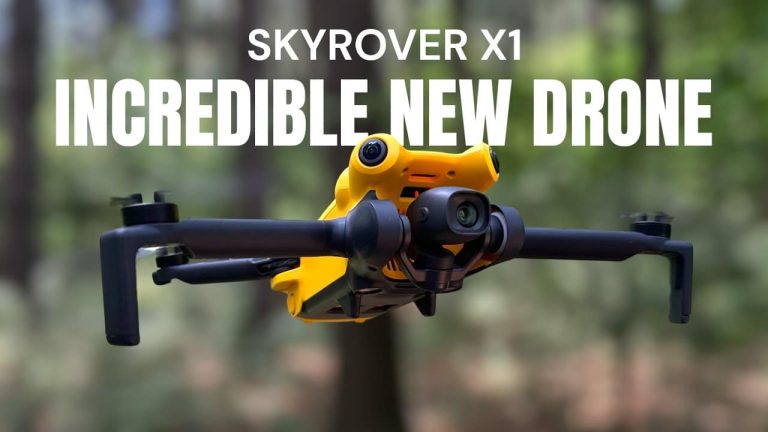
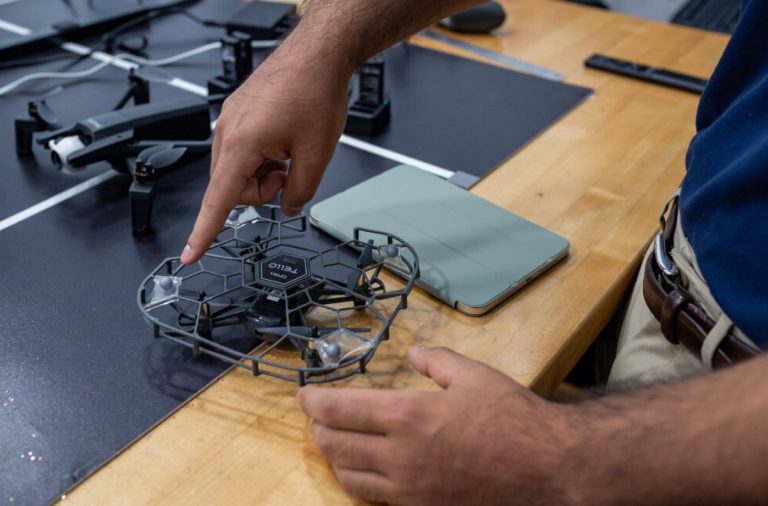
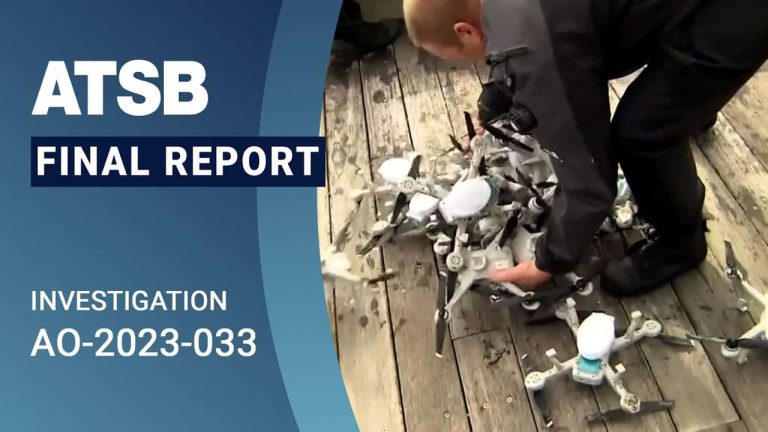
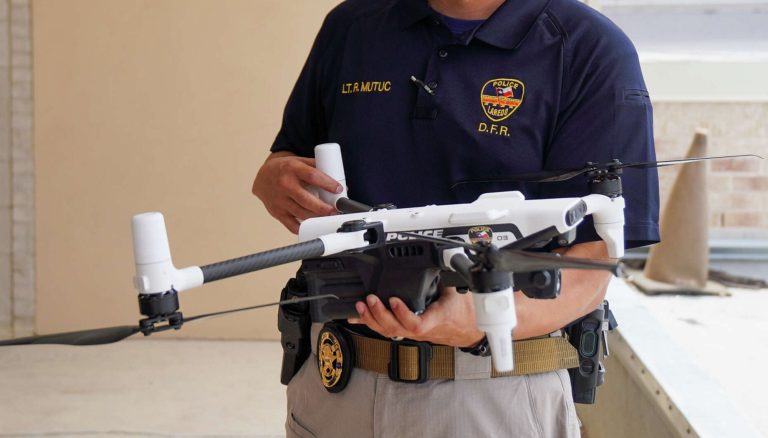

+ There are no comments
Add yours